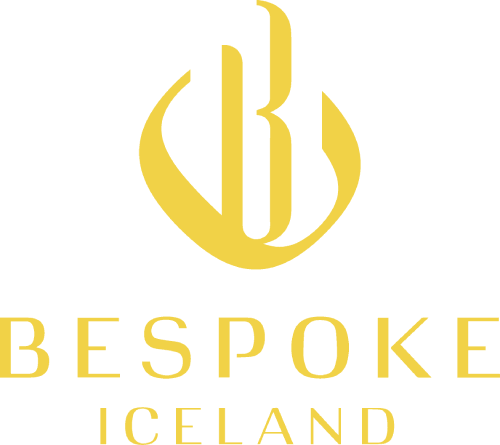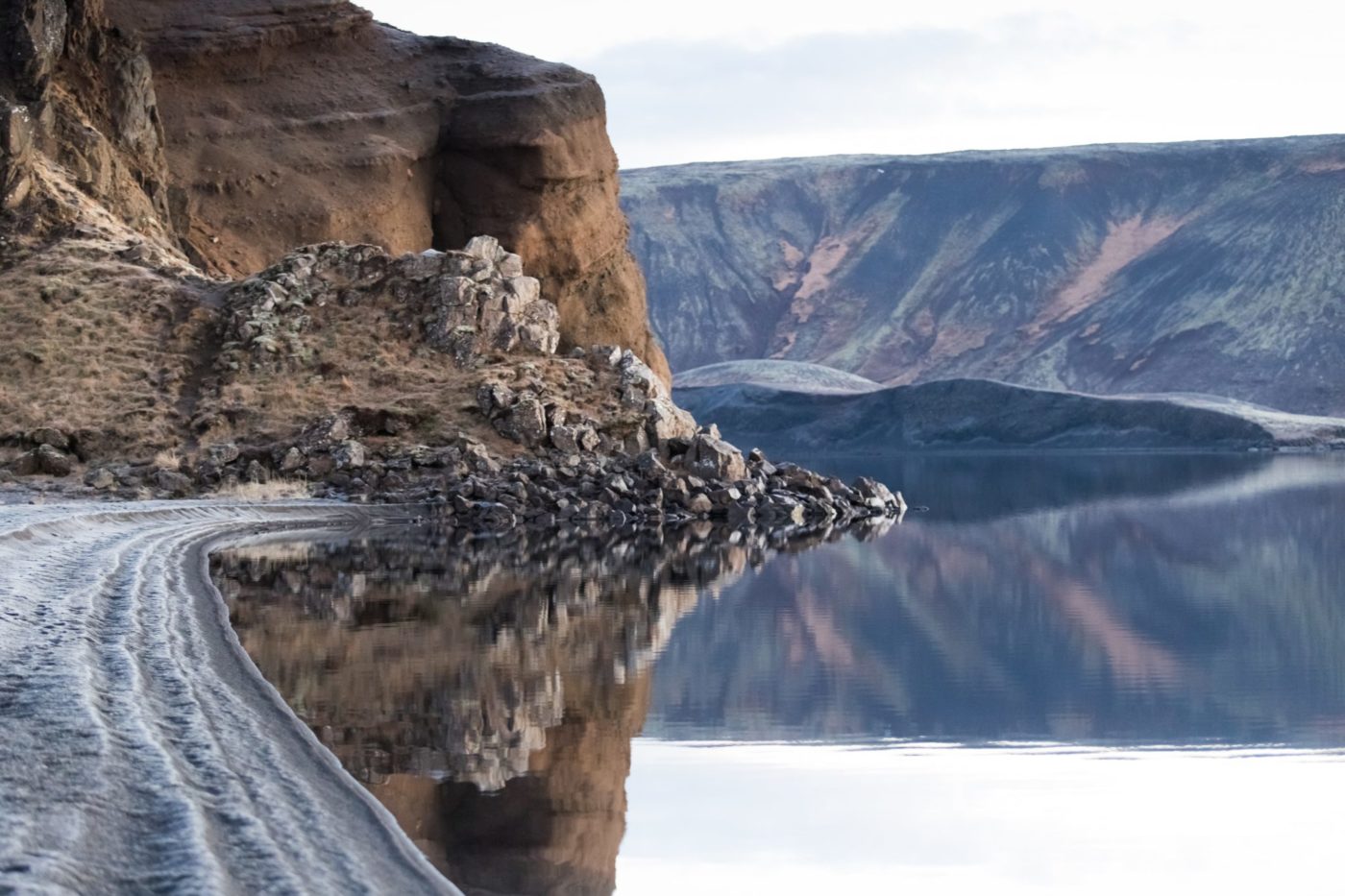
Kleifavatn:
Is a lake in Reykjanesskagi which is 10 km2 (6 mi2) 97m (318ft) deep, which makes it the 3rd largest and 7th deepest lake in Iceland but since the earthquake in 2000 it has been shrinking ever since and is now 20% smaller than it was.
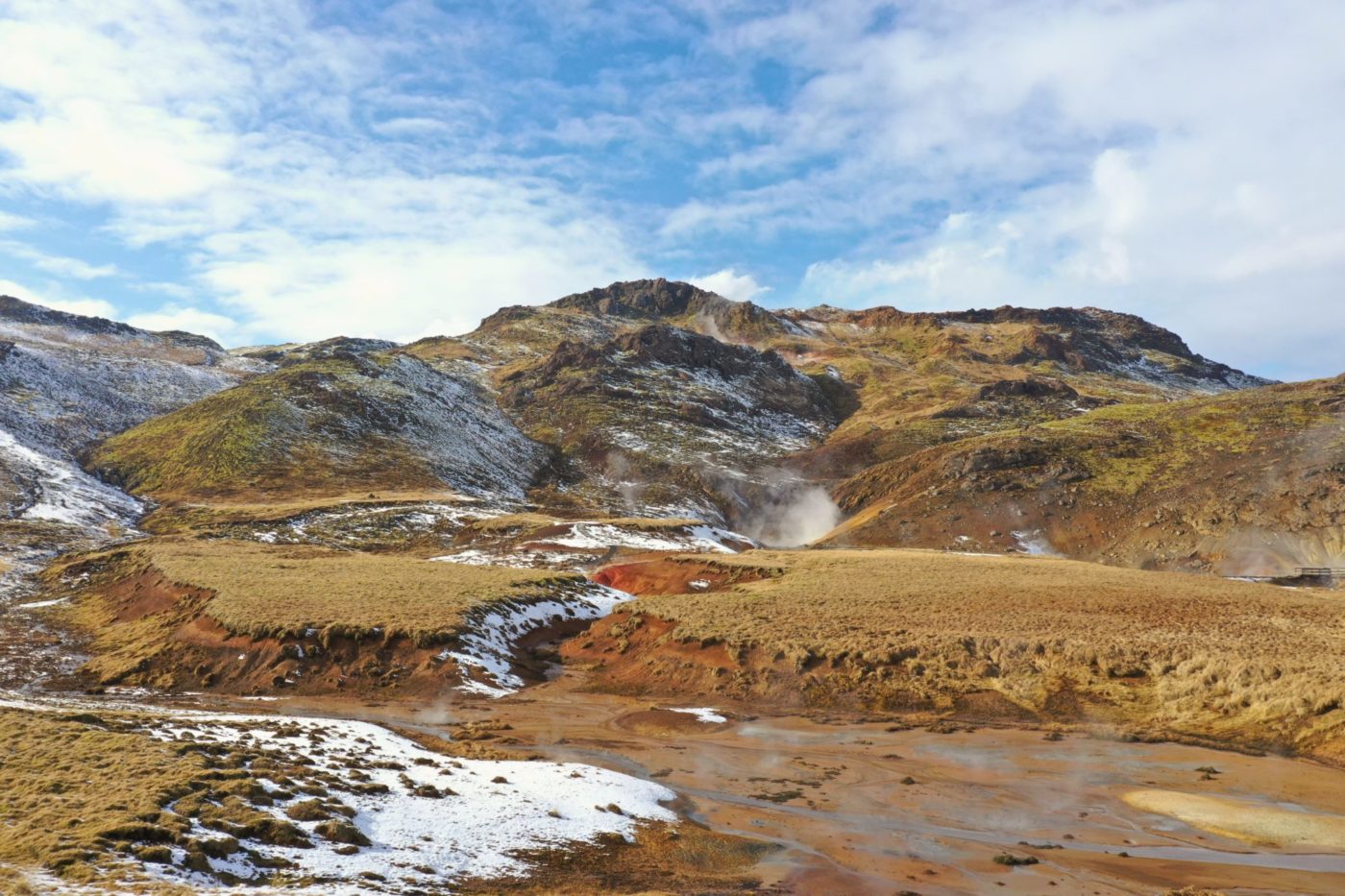
Seltún:
Is a geothermal hot spring system and volcanic area, it contains solfataras, bubbling mud pools, fumarole, hot spring, and warm spring, it also has a lot of Sulphur which gives the area a yellowish tone. Many study opportunities are in the area due to a great variety of features.
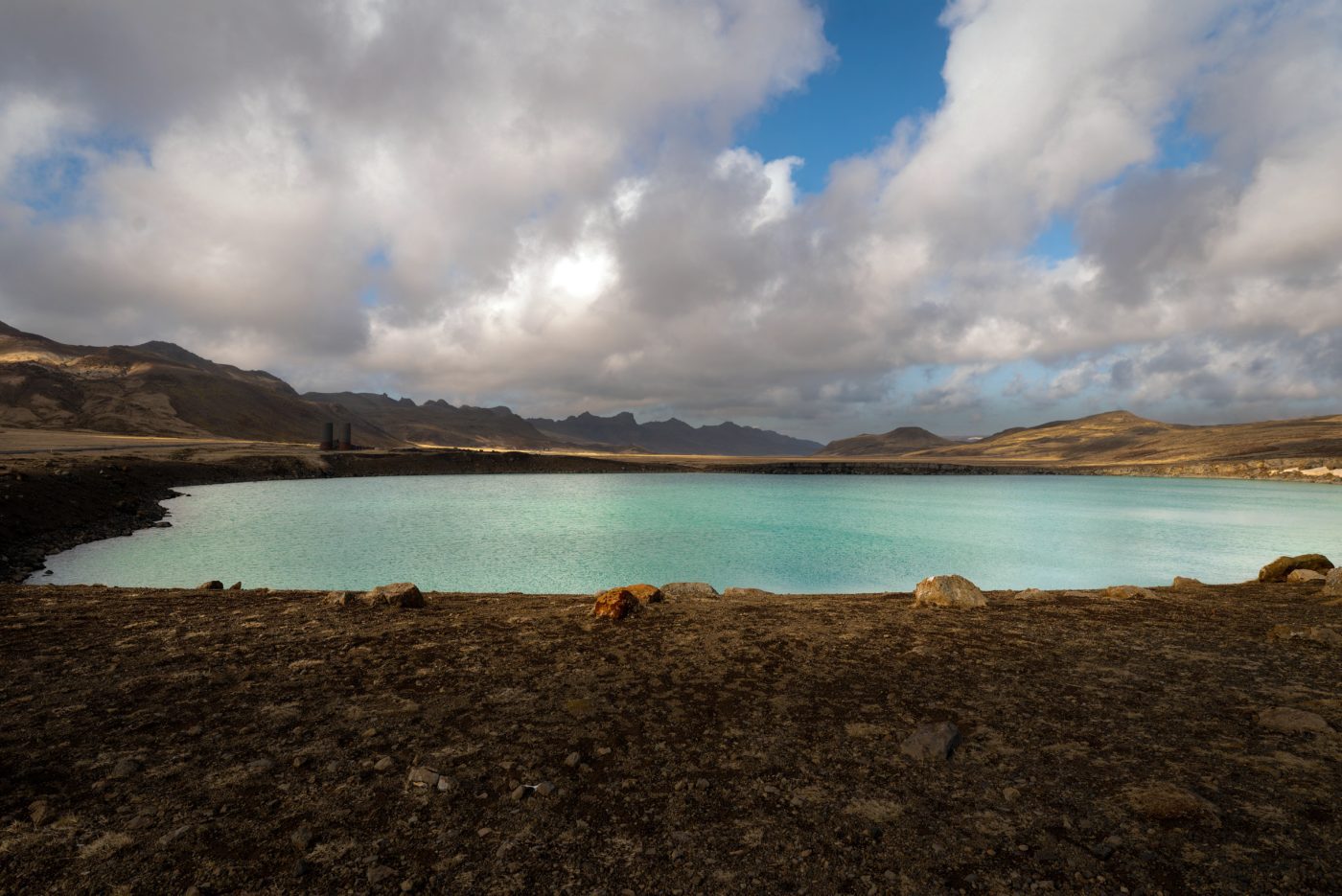
Grænavatn:
Is a small lake formed in two maar type explosive craters. It’s known for its vivid seafoam green coloration due to the amount of sulfur in it. It’s also surprisingly deep at 45 meters (148 ft).

Gunnuhver:
Gunnuhver is located in an extremely geothermal area at the Reykjanes peninsula with mudpools and steamvents.
The name “Gunnuhver” refers to Guðrún Önundardóttir, who is a historical figure said to have haunted the area. Later a priest laid a trap for her spirit, and she fell into the spring.
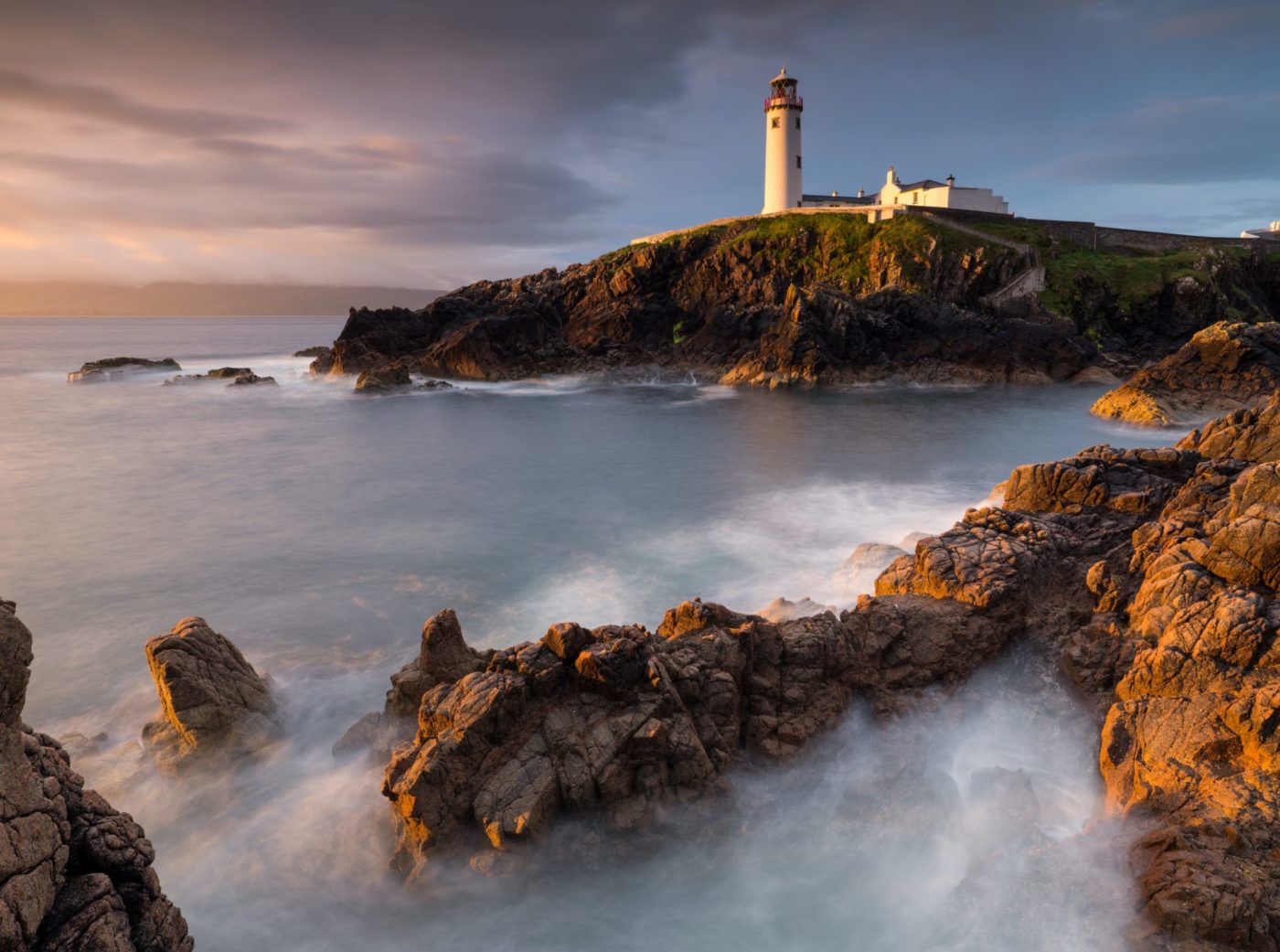
Reykjanesviti:
The first lighthouse in Iceland was built on Valahnúkur in 1879 but by 1905 it had become too damaged and at risk of falling into the sea due to earthquakes and surf. So in 1907-1908 a new lighthouse was built on Bæjarfell hill and the old one was demolished. The lighthouse stands at 26 meters (85 ft.) high and the light signal is at 69 meters (226 ft) above sea-level.
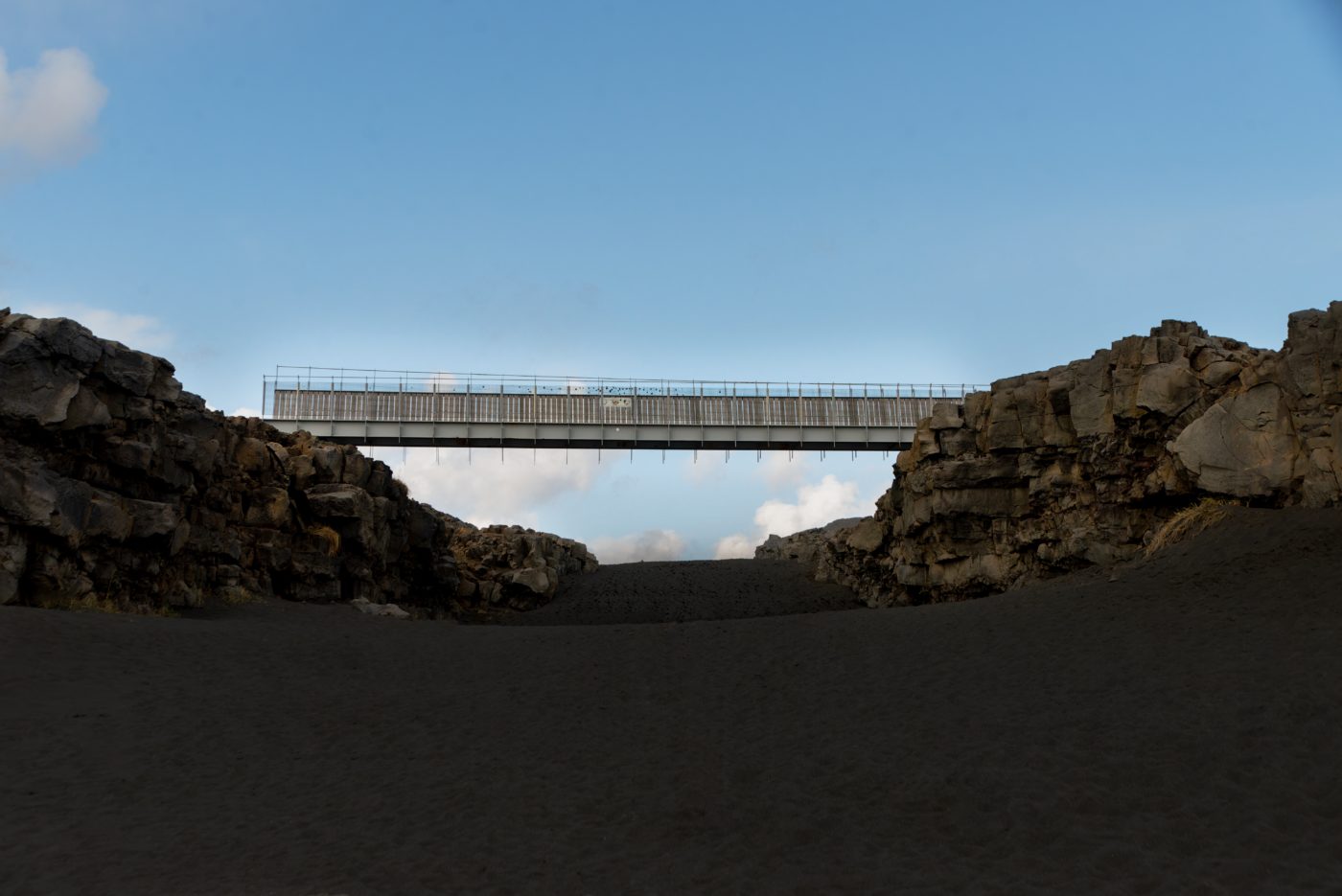
Brú á milli heimsálfa:
The bridge between Europe and North America is a small footbridge over a major fissure with one end on the Eurasian- and the other on the North American tectonic plates
